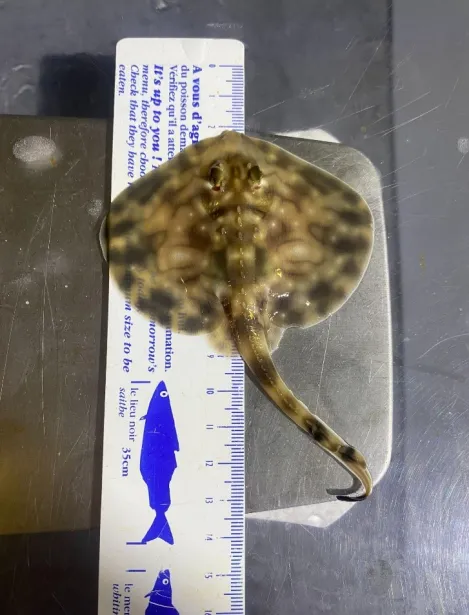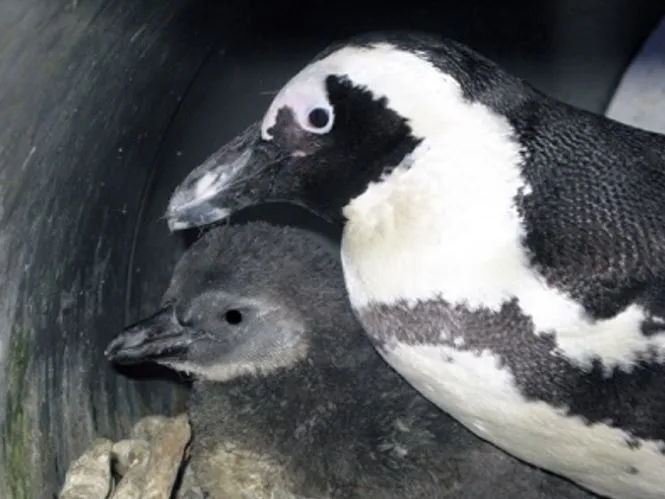With the Easter weekend and spring holidays just around the corner, the egg collecting activity has been fruitful for Nausicaá’s handlers, who are delighted to announce the births of two endangered species in their natural environment: a baby African penguin and a little undulate ray!
Two bright new developments heralding a busy time of the year for births.
The first birth of an undulate ray, with more to come
A sensational first for the Centre National de la Mer: an undulate ray is born! After incubating for 4 months, the baby male was born on the 28th of March 2023.
The handlers, who had been waiting impatiently for this birth, did their utmost to protect the egg throughout the incubation period. Supervision, changing tanks and first aid for the newborn: they were on hand every step of the way.
The parents had in fact been moved from the tank to the reserves to reproduce more peacefully. They were accompanied by four other adult undulate rays that have spawned eggs that are due to hatch soon.
The baby undulate ray on the day it was born
It measures 12.5 cm and weighs 13 grams.
Some of the eggs have been sent to partner aquariums, while the others will remain in Nausicaá’s tanks.
This birth is all the more important as the undulate ray is listed as an endangered species by the IUCN (International Union for Conservation of Nature). In Europe, its status is “near threatened”. Consequently, it is included in a European conservation programme called EEP – Eaza Ex-situ programme. Preserving the species involves transferring the young to partner structures in the programme in order to guarantee a genetically and demographically healthy population.
Its population is declining rapidly, mainly due to overfishing, but its slow sexual maturity (around 3-4 years) and low fecundity are also having an impact on population growth.
💡 Did you know?
The undulate ray, also known as the undulate skate, lays rectangular eggs.

